
OR
Experts concerned over increase in plastic waste in Himalayan region
Published On: January 12, 2022 01:54 PM NPT By: Republica | @RepublicaNepal
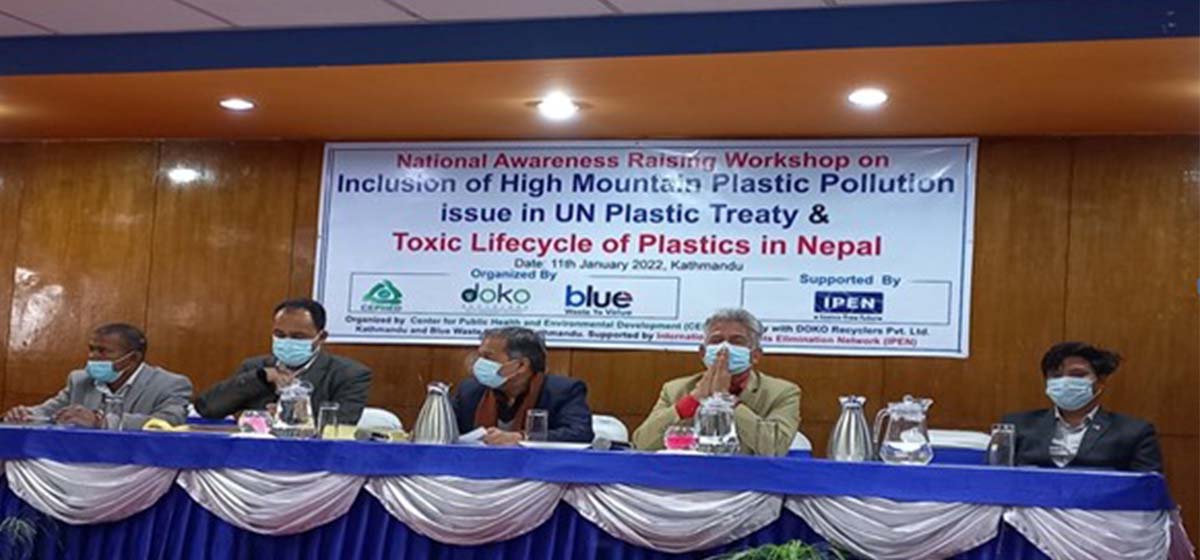
KATHMANDU, Jan 12: Experts have shown concerns over the increase of microplastics in the snow and water sources in the Himalayan regions of the country due to an influx in climbers and trekkers heading toward the mountains and other factors, which help to increase the impact of climate change.
Speakers at an event, jointly organized by the Center for Public Health and Environment Development (CEPHED), Doko Recyclers Pvt Ltd, and Blue Waste to Value with the support of International Pollution Elimination Network (IPEN) on Tuesday, stressed the need for coming up with appropriate policy solutions by the state in order to study the negative impacts on the environment due to excessive production of plastic.
According to a study conducted by ICIMOD (2018), Kathmandu alone uses around 4,700,000 to 4,800,000 plastic bags daily. In Nepal, 16 percent of urban waste is plastic, which is 2.7 tons of daily plastic garbage production. And its improper management creates lots of problems including environmental pollution.
In Nepal, plastic waste is well known for clogging the rivers and streams in the mountains and hills, resulting in flash floods. The impact of what we do in the mountains is also felt downstream. In fact, like Kathmandu, most of the urban centers in the Hindu Kush Himalaya region are flooded with solid waste, including plastics.
Similarly, microplastics have been found in snow and stream water samples on Mt Everest. The highest microplastic were discovered in a sample from 8440 m elevation. Microplastics were detected at ~30 MP L−1 in snow and ~1 MP L−1 in stream water, and the majority were fibrous. Most microplastic were polyester fibers, likely from clothing and equipment as well as transported by airborne pollution from neighbouring countries
Another study carried out globally including in Nepal by IPEN in December 2021 examined the presence of 18 chemical additives that are found in recycled pellets available in the market around the world. The pellets were analyzed to determine the presence of 18 substances, representing three types of toxic chemicals: 11 brominated flame retardants, 6 benzotriazole UV stabilizers and bisphenol A. Of these, 12 have confirmed health impacts; information on the remaining six is insufficient to determine their safety. The study assessed toxic chemical additives in recycled high-density polyethylene (HDPE), which is one of the most used and recycled plastics today. Nepali samples were found to contain 7 out of 18 from all these three groups of toxic chemicals in them
On the occasion, Ramsahay Yadav, Minister for Forest and Environment (MoFE) along with experts also stressed the need for including high mountain plastic pollution in the upcoming UN plastic treaty and address the national plastic pollution issues including toxic lifecycle of plastics. He further said that an action plan has been prepared for the effective implementation of its prevention, reduction and control and has been sent to the Council of Ministers for approval.
During the program, CEPHED Executive Director Ramcharitra Shah spoke on the issue and impact of plastic pollution in Nepal, Blue Waste to Value's Navin Vikas Maharjan spoke on plastic pollution and sanitation campaign in the Himalayan region, while Keshav Raj Joshi of MoFE presented a working paper on the role, responsibilities and initiatives that need to be taken by the government.
You May Like This
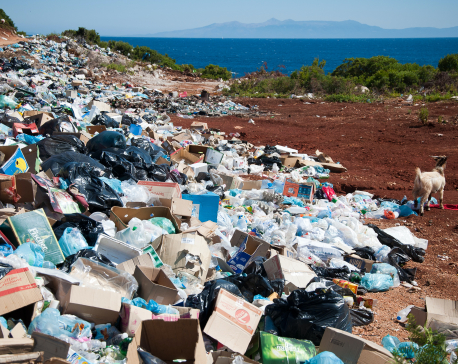
The Bleak Legal Regime Addressing Plastic Pollution
Plastic pollution has touched every aspect of life on earth and has become a problem of the century along with... Read More...
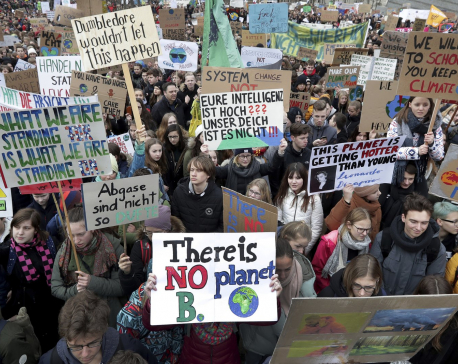
Students globally protest warming, pleading for their future
WASHINGTON, March 16: Students across a warming globe pleaded for their lives, future and planet Friday, demanding tough action on... Read More...

As unusual drought hits eastern Nepal, farmers migrate to get by
AANGNA, Oct 10: Ravi Ale has worked the family’s two hectares of land in eastern Nepal since he was old... Read More...
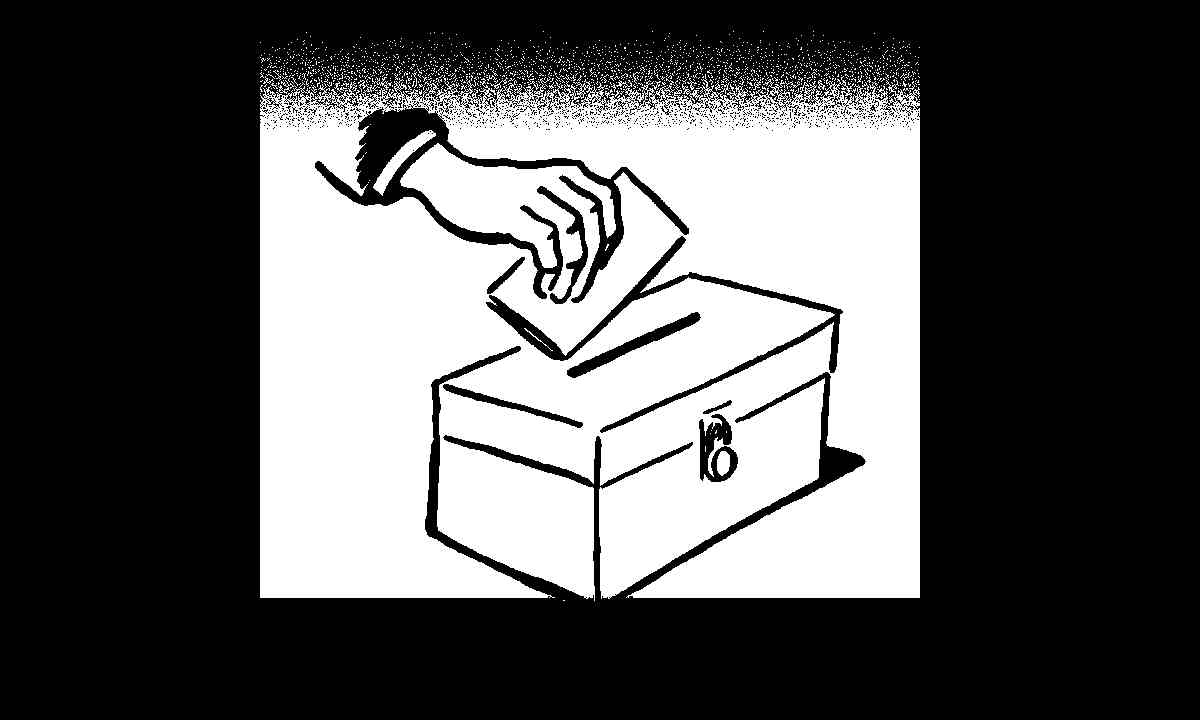

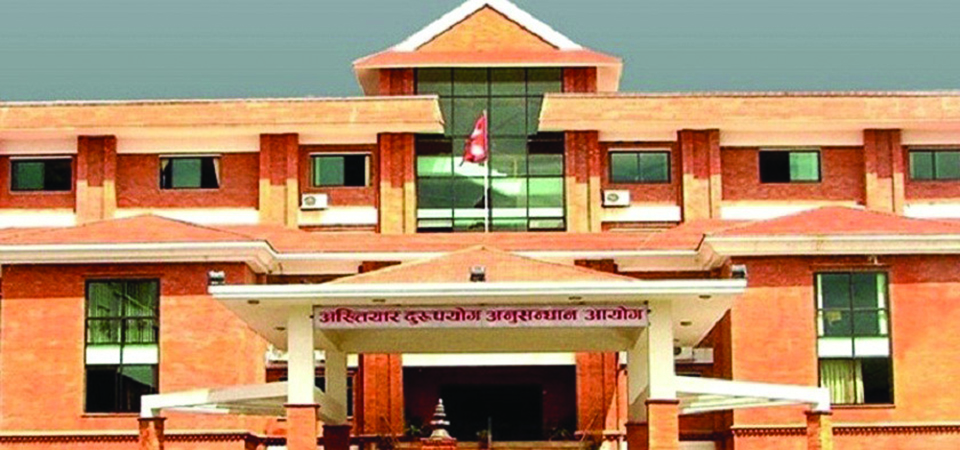

Just In
- Bajhang by-election: Construction of Taklakot Road is common election agenda of candidates
- Meeting of Finance Committee being held today to discuss 2025/25 budget
- Stakeholders call for transparency as Beijing pushes for early implementation of BRI projects in Nepal
- Special Court orders judicial custody for Sunil Paudel over illegal wealth acquisition charges
- District Court Rautahat sentences four individuals including Aftab Alam to life imprisonment
- Class 12 exam starts today with participation of over 390,000 candidates
- Weather expected to be partially cloudy in hilly areas, clear in remaining areas
- Navigating the Digital Diplomacy Divide: Balancing Tradition and Technology in Global Relations










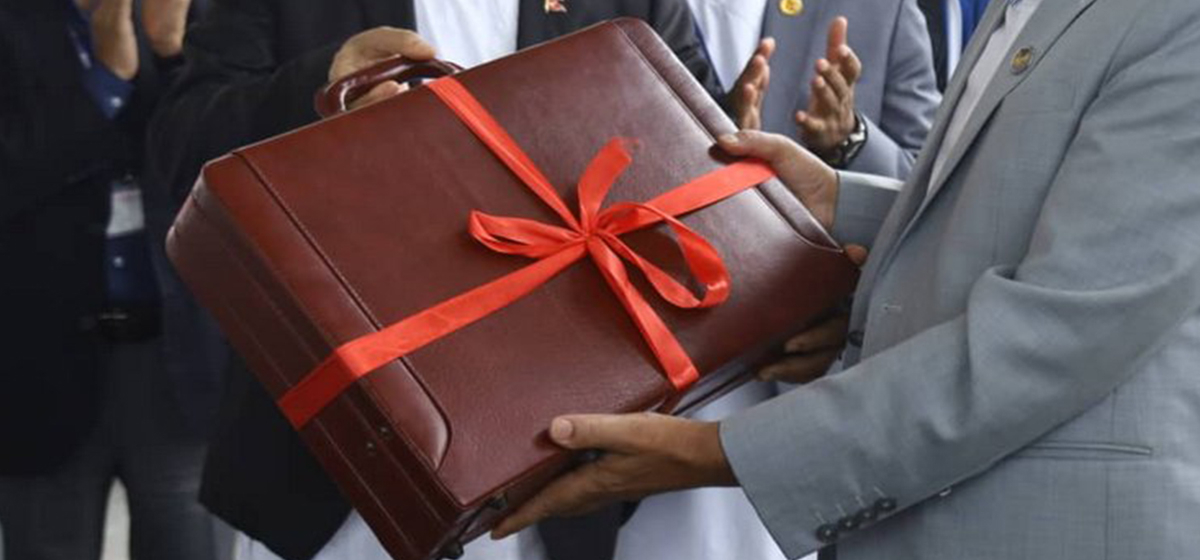



Leave A Comment